Comparing QR, RFID, NFC and Hologram Solutions for Product Security and Traceability
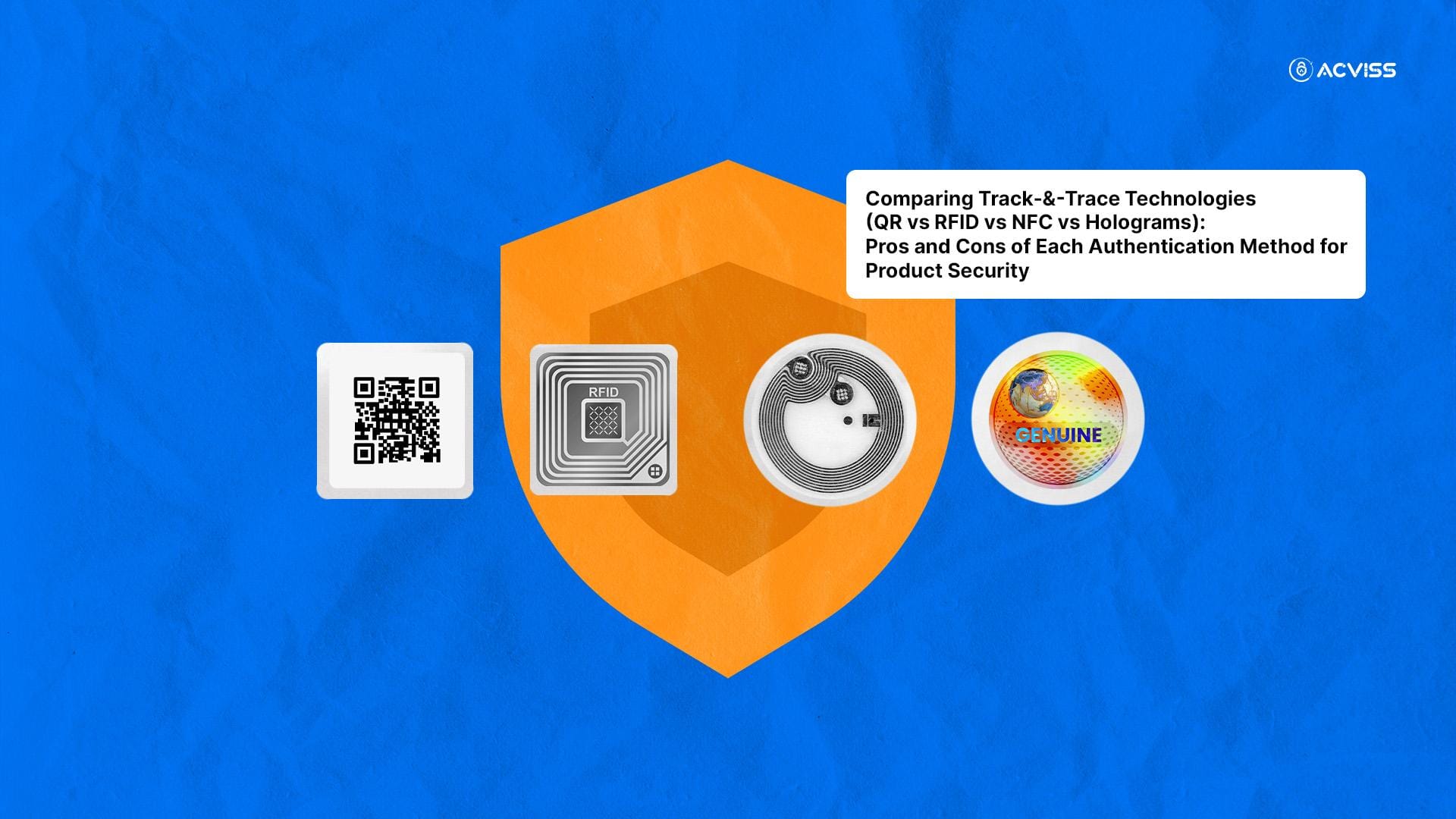
Product counterfeiting continues to challenge industries worldwide, costing businesses billions annually and undermining consumer trust. For brand owners, manufacturers, and regulators, the fight against counterfeiters is not just about revenue protection. It is about preserving reputation, safeguarding consumers, and ensuring compliance with trademark and IP protection laws.
At the centre of this fight are track-and-trace technologies. From QR codes and RFID tags to NFC chips and holograms, each method offers a way to strengthen product authentication and improve supply chain management. But no single solution is a silver bullet. Each comes with advantages, limitations, and best-fit applications depending on industry requirements, regulatory frameworks, and consumer engagement needs.
This blog explores the four most widely adopted authentication technologies, QR codes, RFID, NFC, and holograms, while unpacking their pros, cons, and their role in brand protection solutions and product traceability.
The Role of Track-and-Trace in Brand Protection
Before diving into specific technologies, it is worth understanding why track-and-trace systems are now integral to global trade.
- Global counterfeit losses: According to the OECD, counterfeit and pirated goods account for over 3.3% of world trade, valued at over USD 500 billion annually.
- Supply chain complexity: With products crossing multiple geographies, involving dozens of intermediaries, blind spots emerge that counterfeiters exploit.
- Consumer trust deficit: Shoppers, especially in high-risk categories like pharmaceuticals, electronics, and luxury goods, now demand product verification tools before purchase.
- Regulatory pressure: Governments have introduced stricter IP protection and trademark protection guidelines, especially in sectors like healthcare, food, and automotive.
Track-and-trace technologies serve two core purposes:
- Authentication – Helping consumers and inspectors verify a product’s originality.
- Traceability – Allowing brands to monitor movement across the supply chain, from production to end-user.
Together, they form the backbone of modern anti-counterfeiting solutions.
QR Codes: The Accessible Gateway to Authentication
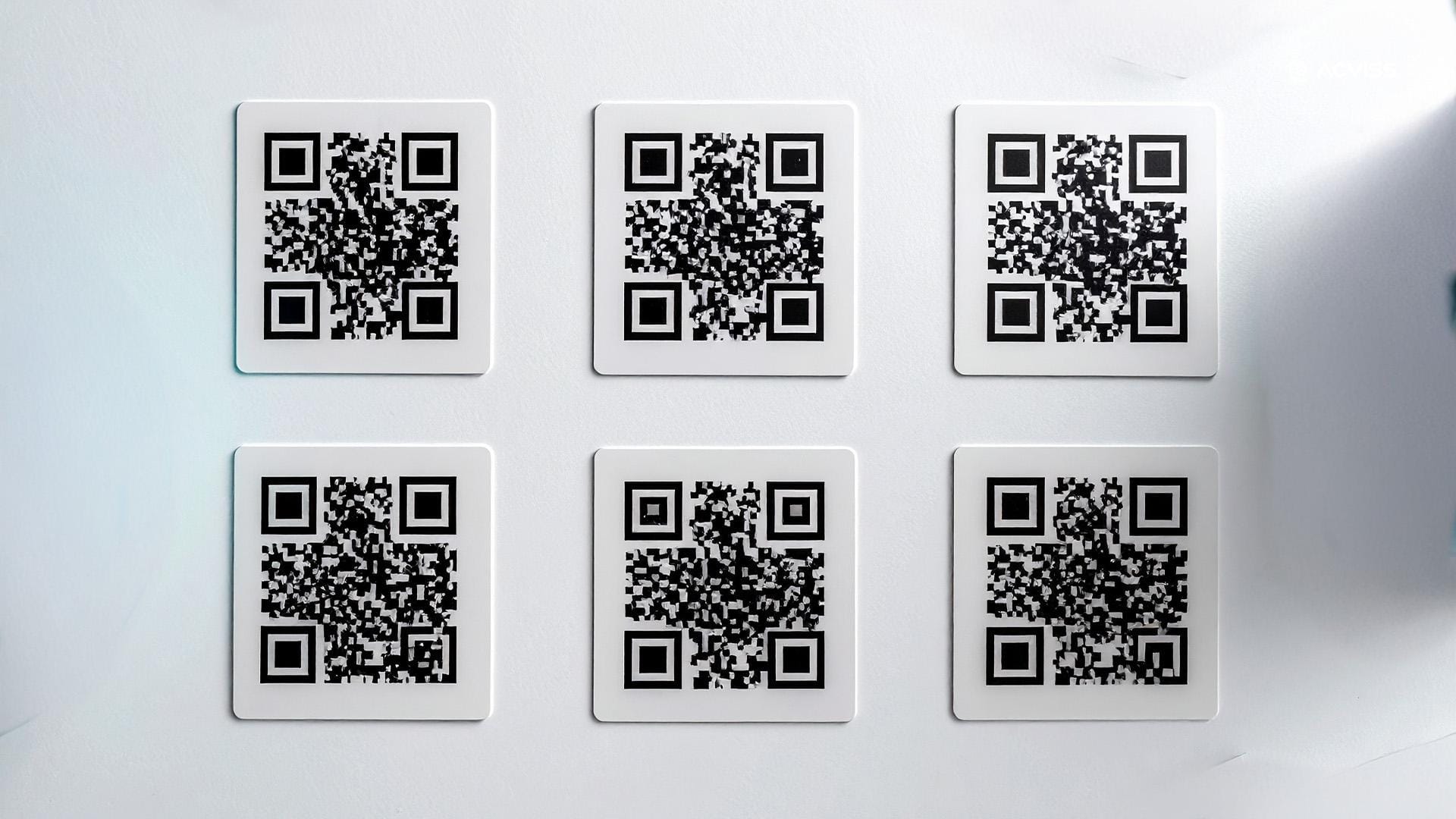
How QR Works
Quick Response (QR) codes are two-dimensional barcodes that can be scanned using a smartphone. When linked to a secure database, they offer real-time verification and can display product details such as manufacturing date, origin, and even marketing content.
Pros
- Low cost and scalable: Easy to print on packaging or labels with minimal cost implications.
- Consumer-friendly: Nearly every smartphone can scan QR codes without specialised hardware.
- Dynamic capabilities: Codes can be linked to web pages for brand authentication, warranty activation, or loyalty programmes.
- Supply chain integration: Helps in batch-level track and trace monitoring and quick recalls.
Cons
- Cloneability: Counterfeiters can easily copy static QR codes unless embedded with non-cloneable technology.
- Connectivity reliance: Authentication often requires internet access to connect with cloud databases.
- Consumer fatigue: Overexposure to QR codes in marketing may reduce their perceived security.
Best Fit
QR codes are best suited for FMCG, personal care, and packaged goods where consumer interaction is crucial, and large-scale product authentication is required at minimal cost.
Acviss Yellow Code, a patented non-cloneable QR solution, addresses the biggest vulnerability of QR systems, replicability. By making every code impossible to duplicate, brands can achieve a higher level of product verification and consumer trust.
RFID: The Backbone of Automated Traceability
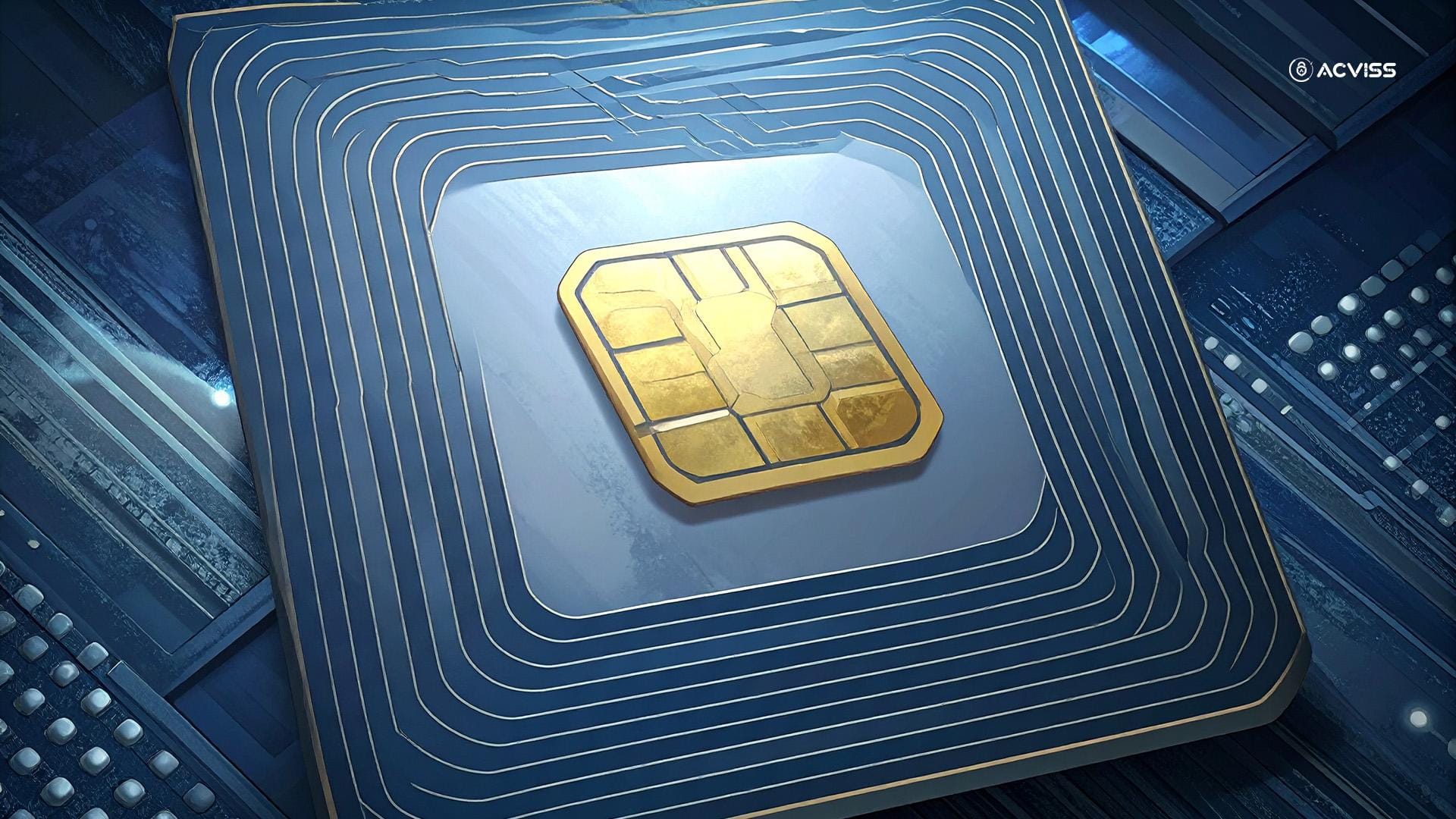
How RFID Works
Radio-Frequency Identification (RFID) uses electromagnetic fields to identify and track tags attached to products. Unlike QR, RFID does not require line-of-sight scanning and can process multiple items simultaneously.
Pros
- High efficiency: Enables bulk scanning, making it invaluable in warehouses and logistics.
- No line-of-sight requirement: Items can be scanned even if packaged inside cartons.
- Data-rich: Advanced RFID tags can store detailed product information beyond serial numbers.
- Automation-ready: Integrates well with warehouse management and supply chain management systems.
Cons
- High cost: Tags, readers, and infrastructure investments make it less feasible for low-margin goods.
- Limited consumer use: Most smartphones cannot read RFID, reducing their role in brand verification for end-users.
- Security risks: Data interception and unauthorised scanning can be a concern without encryption.
Best Fit
RFID is ideal for industries such as pharmaceuticals, automotive, and luxury fashion, where product traceability and inventory efficiency outweigh consumer-facing authentication.
When paired with blockchain-based solutions like Acviss Origin, RFID can feed real-time product data into immutable ledgers, ensuring IP protection and trademark compliance across global supply chains.
NFC: The Smart Consumer-Engagement Tool
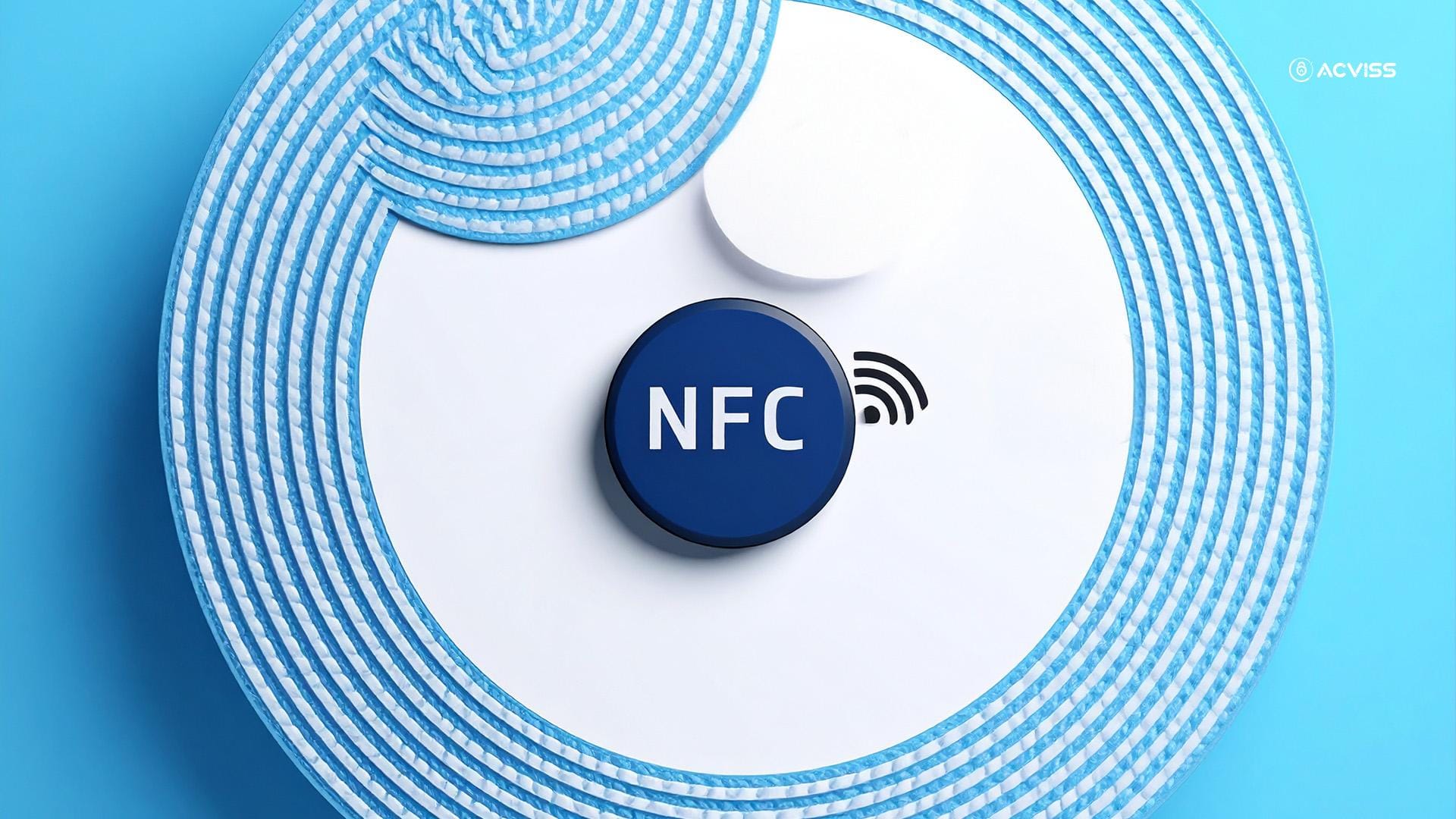
How NFC Works
Near Field Communication (NFC) is a short-range wireless technology often embedded in product tags or smart labels. Consumers can tap their NFC-enabled smartphones to access authentication data.
Pros
- Consumer-friendly: Seamless tap-to-verify experience makes it highly engaging.
- Security strength: Harder to clone than QR codes, especially when encrypted.
- Data versatility: Can host dynamic content, enabling brands to offer loyalty programmes, tutorials, or warranty extensions.
- Premium appeal: Adds a perception of sophistication, often used in luxury and high-value products.
Cons
- Cost barrier: More expensive than QR or holograms, especially at scale.
- Device dependency: Not all consumers have NFC-enabled phones, limiting accessibility.
- Implementation complexity: Requires careful design to avoid interference in packaging.
Best Fit
NFC suits premium goods, wines, luxury apparel, electronics, where brand authentication and customer engagement are as important as security.
For brand protection solutions, NFC’s interactivity also doubles as a marketing channel, providing brands with insights into product verification activity and customer behaviour.
Holograms: The Traditional Guardian of Brand Identity
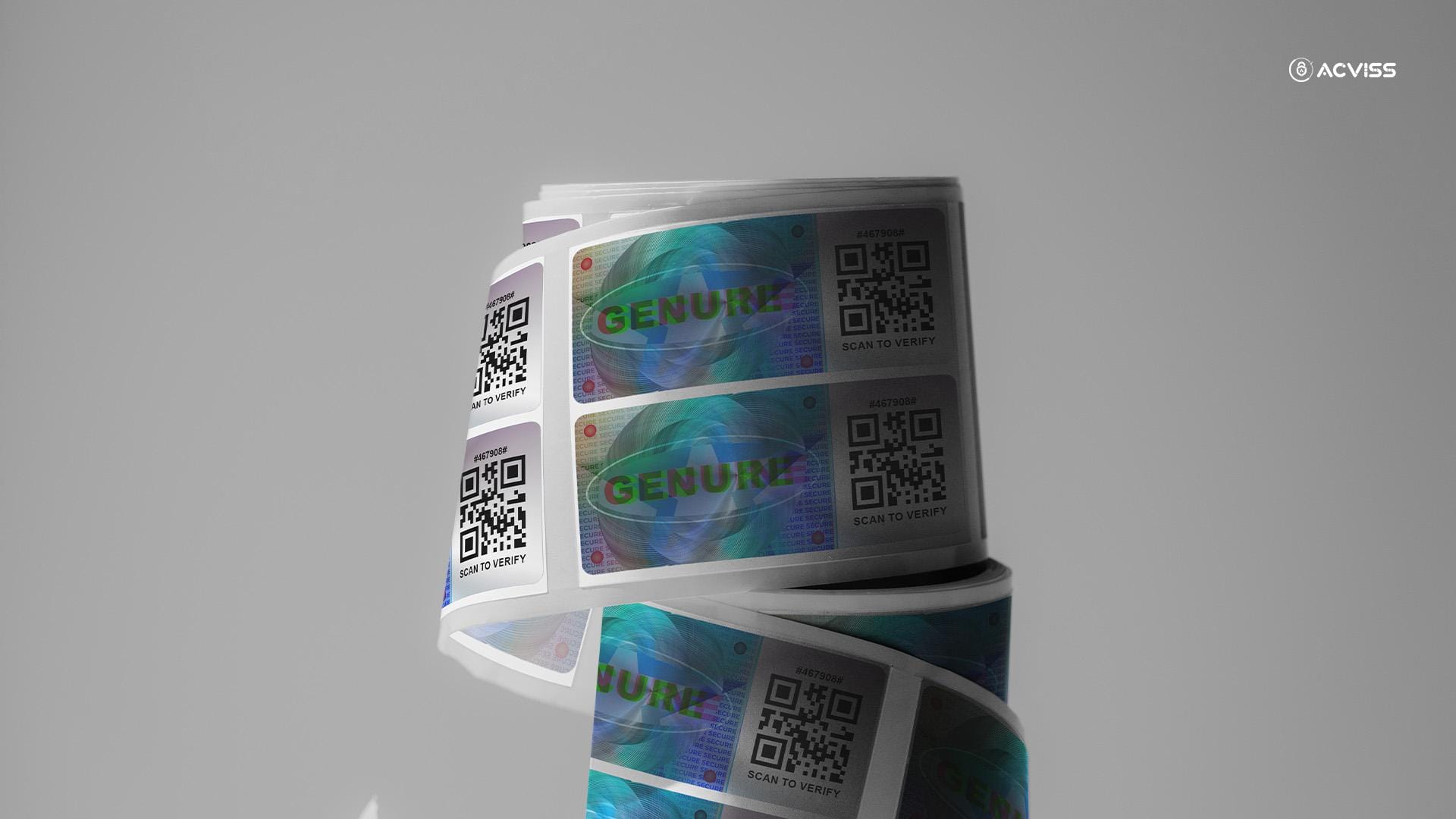
How Holograms Work
Holograms use diffraction patterns and light interference to create three-dimensional security visuals on product packaging or labels. They are one of the oldest anti-counterfeiting technologies.
Pros
- Visual deterrence: Easily recognisable, signals authenticity to consumers at first glance.
- Cost-effective: Mass production is relatively inexpensive compared to RFID or NFC.
- Tamper-evidence: Custom holograms can reveal attempts at removal or duplication.
- Trademark protection: Serves as a visible sign of registered IP protection.
Cons
- Easy replication: Counterfeiters have grown adept at imitating standard holograms.
- Consumer education gap: Many buyers cannot distinguish between genuine and fake holograms.
- No data capabilities: Unlike digital technologies, holograms lack track-and-trace functionality.
Best Fit
Holograms remain suitable for industries prioritising visible deterrence and low-cost brand authentication, such as stationery, apparel, or mid-tier consumer goods.
To strengthen holograms, brands are now pairing them with digital product verification methods like QR or NFC, achieving layered security.
Comparing the Technologies Side by Side
Technology | Strengths | Weaknesses | Best Use Cases |
|---|---|---|---|
QR Codes | Low-cost, consumer-friendly, dynamic linking | Cloneable if static, requires internet | FMCG, personal care, packaged goods |
RFID | Bulk scanning, automation, high efficiency | Expensive, limited consumer interaction | Pharmaceuticals, automotive, warehousing |
NFC | Secure, engaging, premium experience | Costly, not universally accessible | Luxury goods, electronics, wine & spirits |
Holograms | Visual deterrence, affordable, tamper-evident | Cloneable, lacks data integration | Mid-tier consumer goods, packaging aesthetics |
Towards Integrated Brand Protection Solutions
While each technology has its merits, modern brand protection demands layered, multi-technology approaches. A single method rarely offers complete coverage. For example:
- Combining non-cloneable QR codes with holograms strengthens both digital and visual deterrence.
- Using RFID for supply chain traceability while enabling NFC for consumer product authentication creates end-to-end coverage.
- Integrating these with blockchain solutions like Acviss Origin ensures IP protection through immutable product histories.
The future lies in hybrid anti-counterfeiting solutions that blend the accessibility of QR, the automation of RFID, the interactivity of NFC, and the deterrence of holograms.
Final Thoughts: Choosing the Right Path

For brand owners, the choice of track-and-trace technologies should not be made in isolation. It requires balancing cost, scalability, consumer interaction, and security resilience.
- FMCG brands may prioritise QR-based product verification combined with holograms.
- Pharma and automotive industries need RFID integrated with blockchain-backed traceability systems.
- Luxury sectors should lean towards NFC to blend security with customer engagement.
Ultimately, the goal is not only to prevent counterfeiting but also to rebuild consumer trust and ensure compliance with evolving IP protection and trademark regulations.
Acviss provides advanced solutions such as Yellow Code (non-cloneable QR technology) for consumer verification and Origin for blockchain-powered track and trace, ensuring brands can secure both their supply chain and consumer trust with a layered defence approach.
Call to Action
Interested to learn more about how layered brand protection solutions and advanced traceability systems can secure your products?
Get in touch with us today to explore the right solution for your brand.
